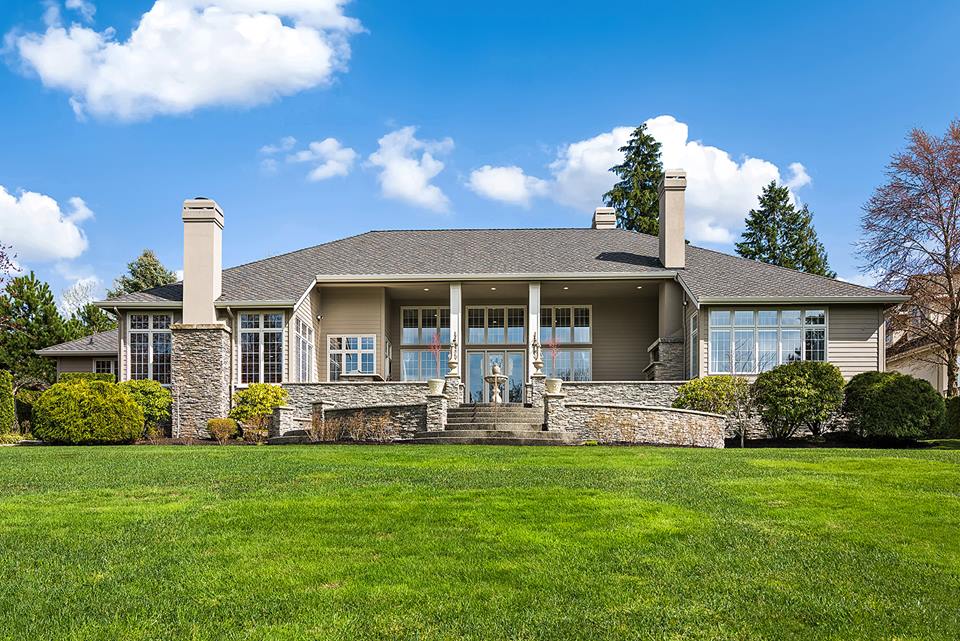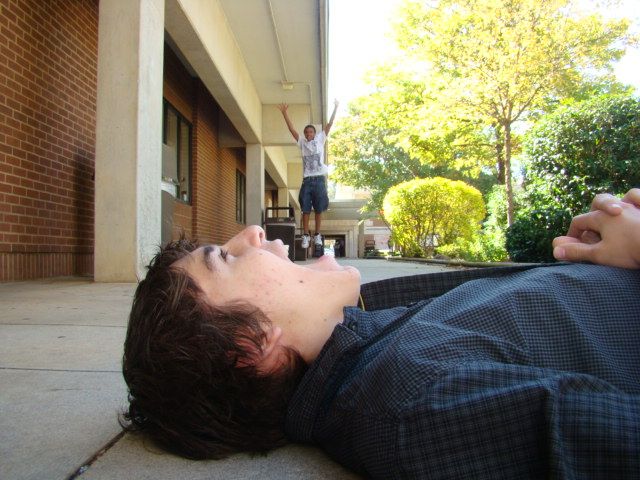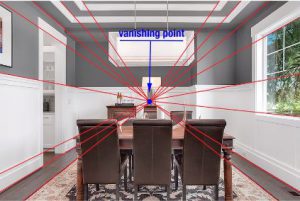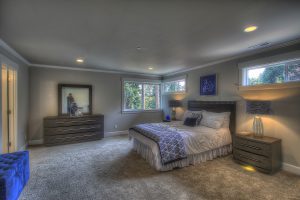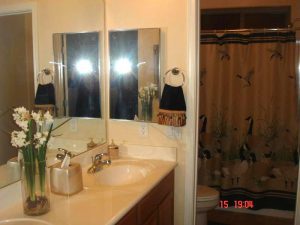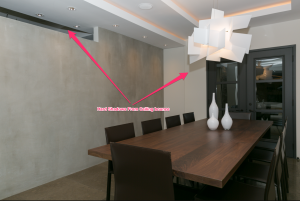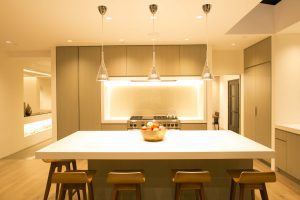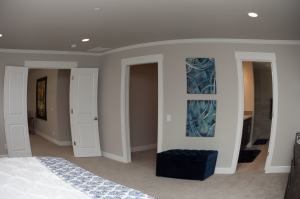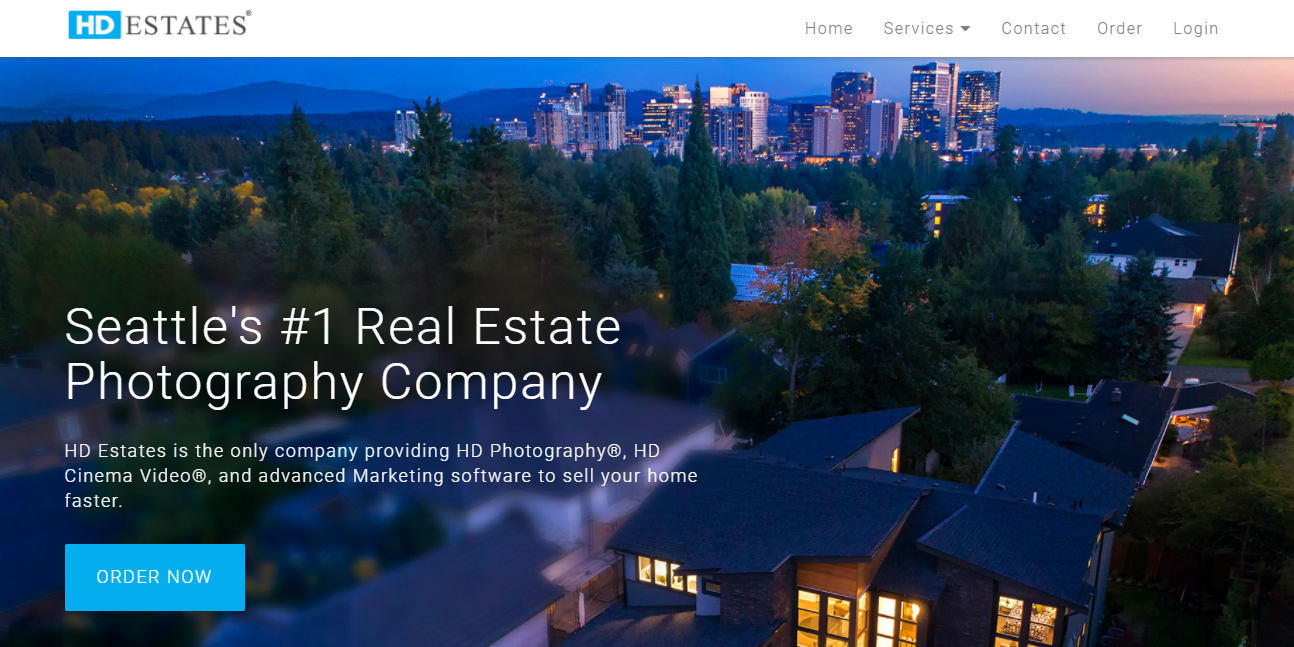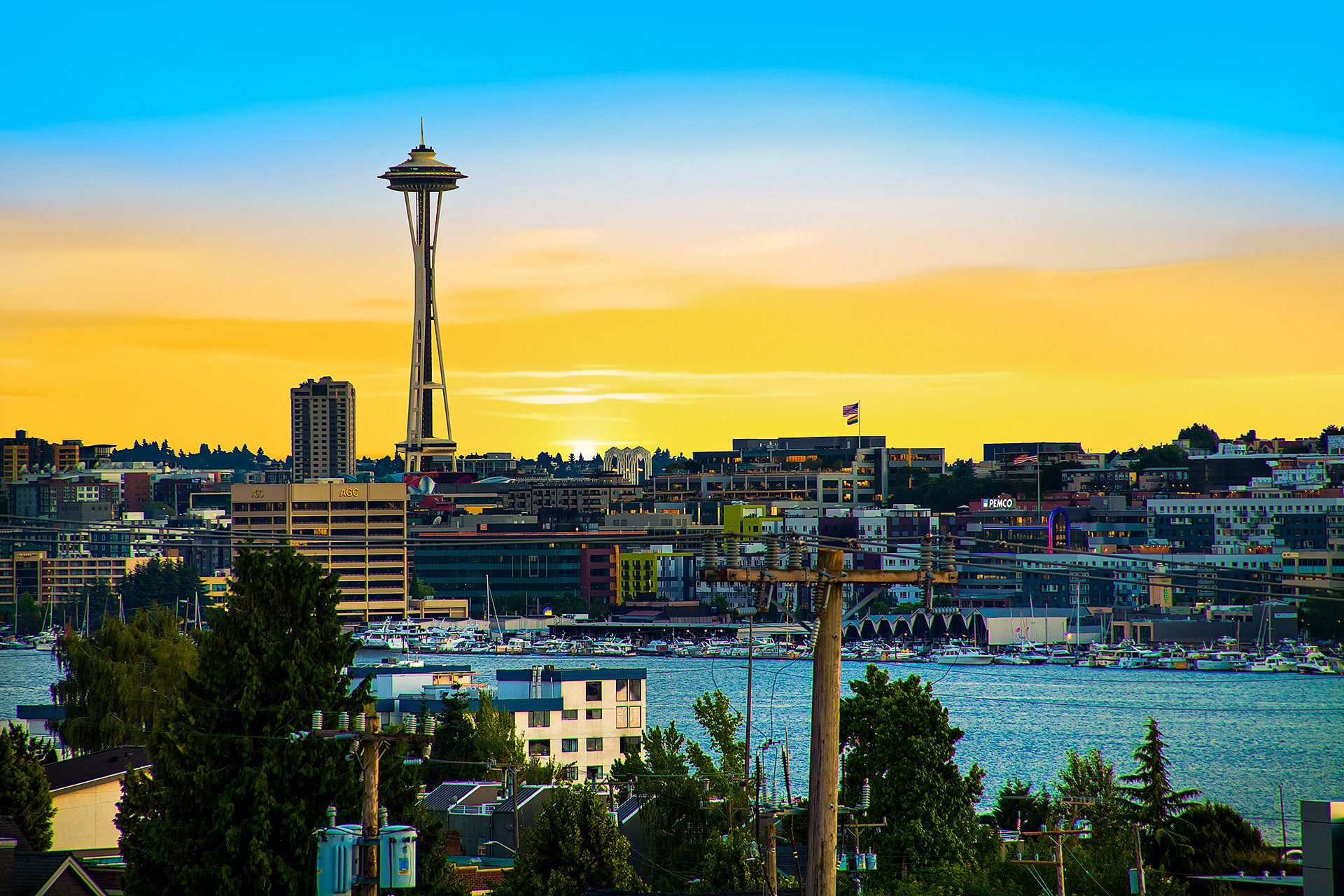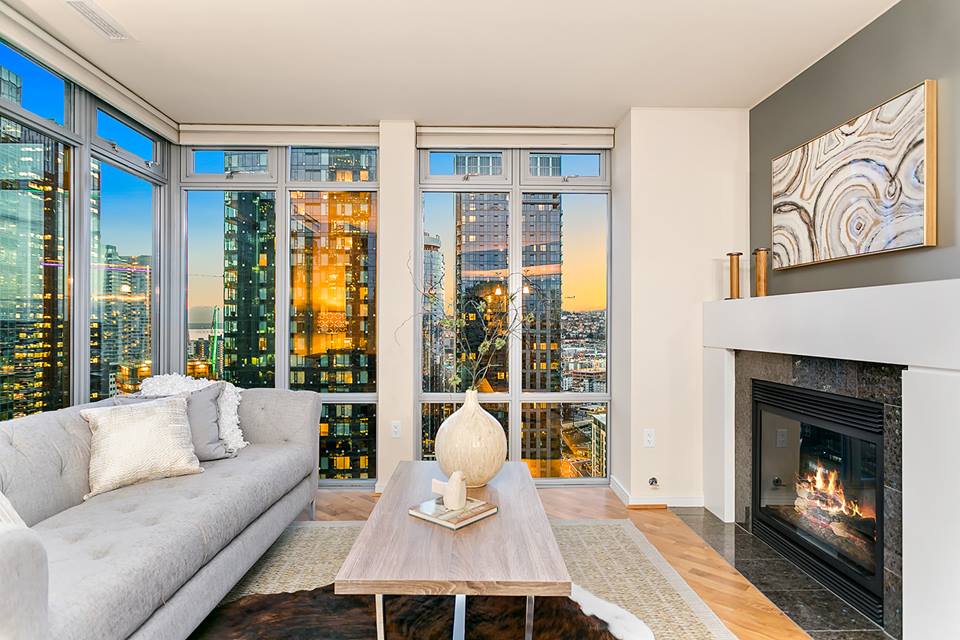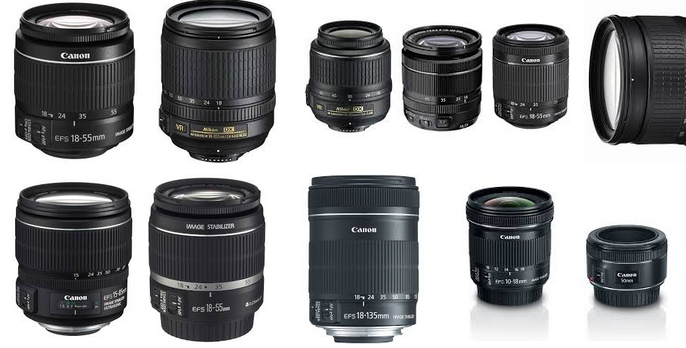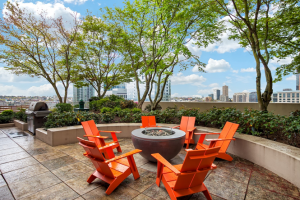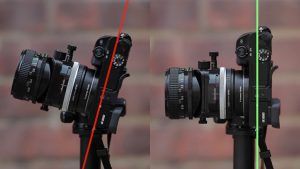Real estate is a tough industry to compete in. Everyone is competitive and racing against time to sell more properties. If you’re in that business, you need to invest in marketing to ensure that your properties sell faster and you book more clients. This is one of your best bets in order to stand out from the competition.
One of the best marketing strategies that you can implement for your business is to partner with a professional real estate photography company. This could mean a little investment on your part, but this will be worth it in the long run.
Here are the benefits of hiring a professional company:
1. Faster turnaround time. In real estate, time is money. Getting the listings out quicker is always important. This could mean selling the property right away when you can. When you’re hiring a real estate photography company to take the pictures, you can get the final output in as early as 24 hours or earlier. They have a whole team who will work on your photos so you can get them faster. This ensures that you can post the photos for listings right away. For some photographers, turnaround time might be more than two days, especially when they are working on their own.
2. Staged photography. The great thing about working with a real estate photography company is that they have professional photographers who will go on location with you. These photographers are experienced in the industry and know how to create the best atmosphere and setup when it comes to achieving the best real estate photos. Having a photographer who knows how to stage the interior and even do minor arrangement works wonders. Doing so ensures that the resulting photos will be of quality and that the property is seen in the best light.
3. Proper post-production. Aside from just staging the interiors, doing post-production is important to real estate photography. Often the best photos come from doing the right edits. When executed properly, this can make or break the photos. With a good photographer, the edits are fewer. However, there will be little post-production necessary like straightening the lines and ensuring that the colors are accurate. Professional retouchers will know this, especially those who have been working in real estate.
4. Get the best quality photos. With the proper staging and post-production, you can get the best quality photos for your listings. Hiring a real estate photography company means that you will be provided with the highest quality of photos for listings and other marketing collaterals. These companies are professionals with years of experience in the real estate industry. They know the requirements needed by those in the business in order to sell, which is amazing photos.
5. Generate more leads. When you’re real estate photography company provides you with amazing photos, you are able to generate more leads. Most of the potential home buyers look at the photos first before calling the agent for a meeting. This is what potential buyers will look at especially when checking out different properties online. When you have the best photos, most often than not, you’ll get the most calls and inquiries.
Author:
 Claire Wright, a savvy tech nerd and self-taught photographer who lives in Seattle and working at one of the best real estate photography companies called HD Estates.
Claire Wright, a savvy tech nerd and self-taught photographer who lives in Seattle and working at one of the best real estate photography companies called HD Estates.
